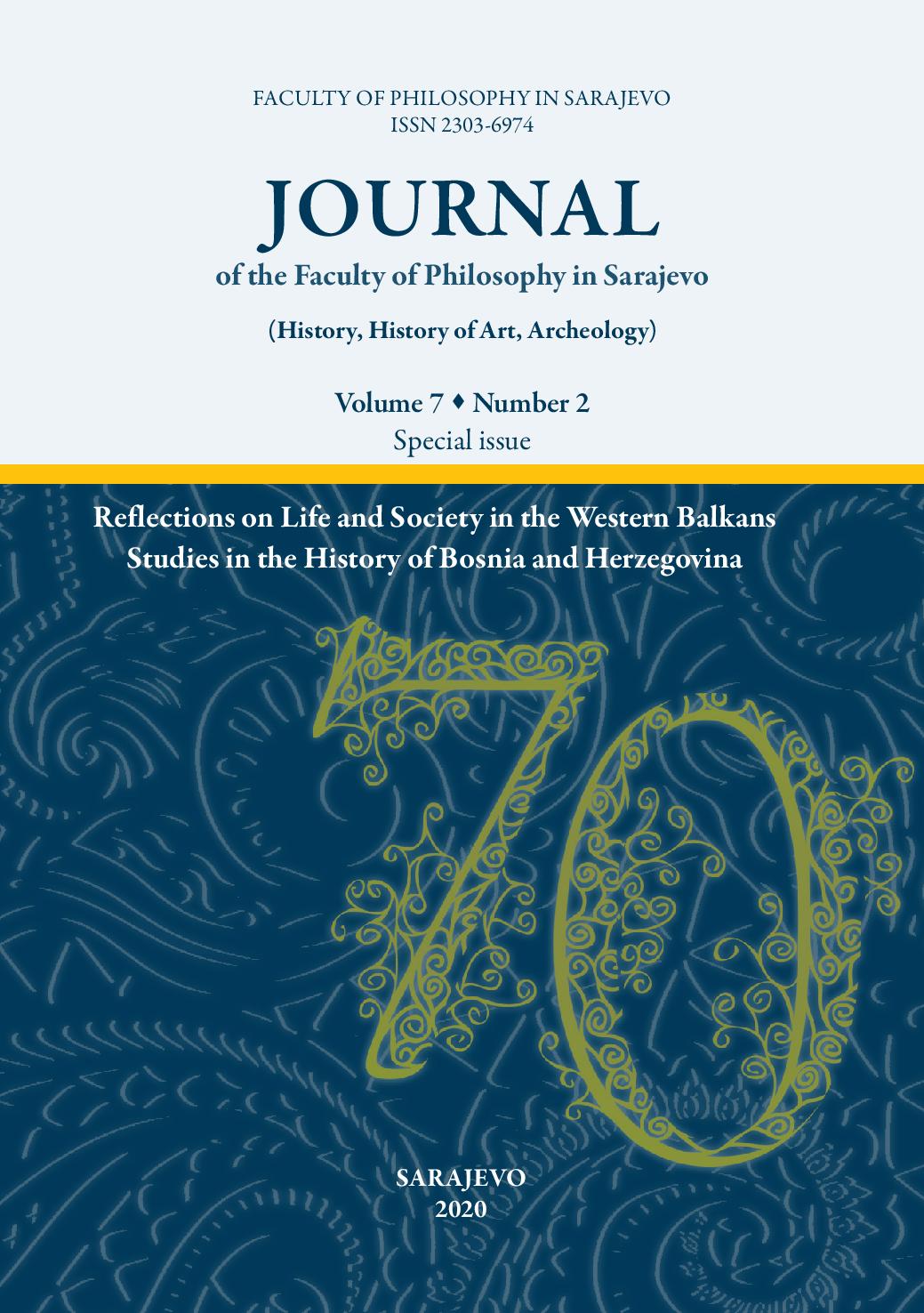Author(s): Mesud Šadinlija / Language(s): Bosnian
Issue: 4/2020
Before the beginning of the aggression on Bosnia and Herzegovina, Yugoslavia had created, organized and armed a powerful military structure within the 2nd military area of the Yugoslav People’s Army, which was renamed into the Army of the Serb Republic of Bosnia and Herzegovina in May of 1992. It had also never ceased to fill the ranks, arm, supply, train, equip and finance the Serb army which it had created in Bosnia and Herzegovina. Apart from that, abundant undeniable evidence exists which confirms the direct involvement of the Yugoslav Army as well as the special detachments of the Ministry of internal affairs of Serbia in the acts aimed against the sovereignty, territorial integrity and political independence of Bosnia and Herzegovina, for the whole duration of the war and in different parts of the country. In this work we shall present the motives, intentions, chronology and consequences of the participation of special detachments of the Yugoslav Army and the State Security Agency of Serbia in the attacks on Sarajevo during December 1993 and January 1994.On the eve of the conclusion of the Geneva peace talks on the basis of the Owen-Stoltenberg plan, the Serb political and military leadership, expecting further pressure directed towards the signing of the peace treaty and withdrawal from the territory that the Serb forces had taken, reached a decision to strenghen their positions during December 1993. As for the whole duration of the war, Sarajevo was considered to be the strategically most important area, so a military operation “PANCIR-2” was devised, prepared and executed with the aim of taking the key objects of Sarajevo’s defence, which would force the opposition to accept a partition of the city. The forces of the Sarajevo-Romanija corps, and a brigade each from the Hercegovački and 1st Krajiški corps of the Army of the Republic of Srpska were engaged in this operation. From the composition of the Yugoslav Army, parts of the Special detachment corps were involved, with the support of charge and transport helicopters. The operation was planned in two stages, whereby the first had the aim to establish control over the following objects: Žuč, Orlić, Hum and Mojmilo, while the second stage had to result with established control over Hrasnica and Butmir.Units from the composition of the Special detachment corps of the Yugoslav Army initiated the execution of their task from Belgrade on 16 December 1993. The striking part was made up from members of the 72nd Special Brigade, with parts of other special detachments: Guards Motorized Brigade, Armoured Brigade and 63. Paratroops Brigade from Niš. The combined composition of the special detachments of the Yugoslav Army of 320 men represented the core of the fighting group from the composition of the Sarajevo-Romanija Corps, numbering a total of 3,000 fighters, and representing the main part of the Serb forces within the “PANCIR-2” operation. Colonel Milorad Stupar, the commander of the 72nd Special Brigade of the Yugoslav Army, was named as commander of the fighting group.The attacks of Serb forces, with the participation of Special detachments of the Yugoslav Army and State Security Agency of Serbia, in their first phase lasted from 21 to 27 December 1993, when the 72nd Special Brigade suffered a heavy defeat in the battles on Betanija and Orahov Brijeg. Due to the suffered losses, this detachment was incapable of further military action and it was ordered to retreat to Belgrade. Instead of it, parts of the Guards Motorized Brigade were directed into Vogošća. During January, these units were engaged in battle activities of somewhat diminished intensity on the lines of Sarajevo’s defence, because in the meantime the focus of the fighting was again shifted towards the Olovo-Vareš battlefield. Active participation of the units of the Yugoslav Army in the “PANCIR-2” operation was discontinued by the end of January 1994. Their return to Belgrade was executed on 28 and 29 January in three marching columns with 45 vehicles, 3 tanks, 2 armoured vehicles, 2 self-propelled anti-aircraft guns PRAGA and one engineering machine.
More...









![„Wszystko zaczyna się od słów […]”. Filip David i Mirko Kovač: listy o wojnie w byłej Jugosławii](/api/image/getissuecoverimage?id=picture_2020_59169.jpg)

